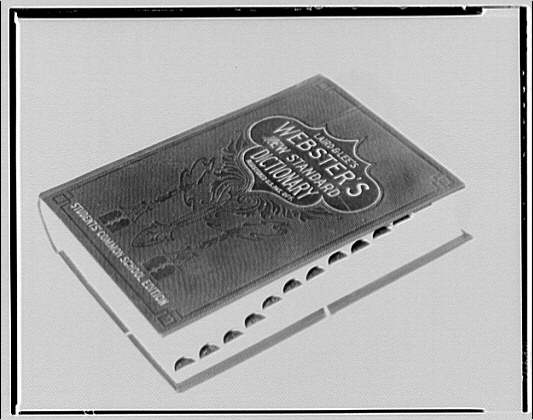
Engaging students in crafting their own dictionaries is a helpful exercise that encourages them to monitor their own learning and engage in a habit that will support them in becoming autonomous learners. You can have your students create basic dictionaries but you can also put a spin on the exercise by inviting them to create image or GIF dictionaries (GIF-tionaries). Creating a multimodal dictionary with images and GIFs gives students the opportunity to anchor their definition of a term in multiple modes, emotions, and experiences.


Build autonomous learning habits for the future while taking agency in their learning journey in the present.

Infuse learning activities with agency and multimodal activities.

Click on any of the documents below to view them in a new tab. Feel free to download or print them so you could add them to your lesson plans.
- Dictionary and GIF-tionary Directions
- Example GIF-tionaries
Image Citation
Horydczak, T., photographer. Books. Webster’s new standard dictionary front cover. United States Washington Region, None. ca. 1920-ca. 1950. [Photograph] Retrieved from the Library of Congress, https://www.loc.gov/item/2019672836/

